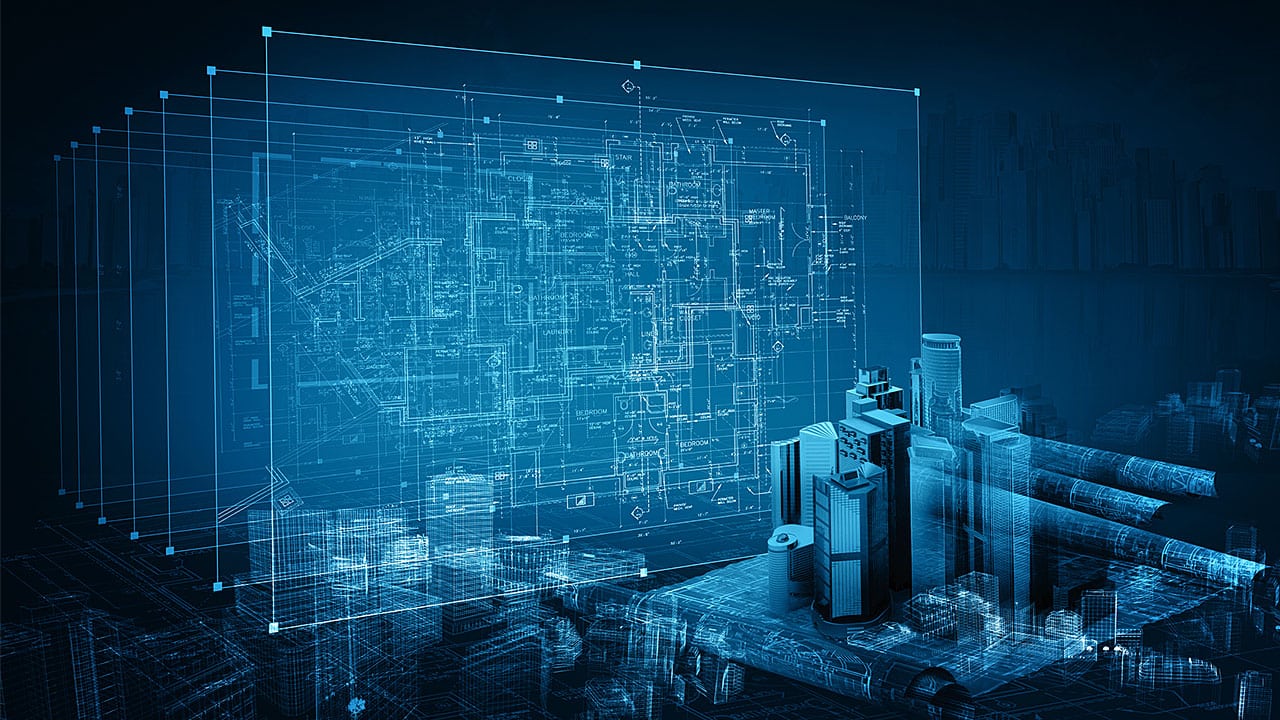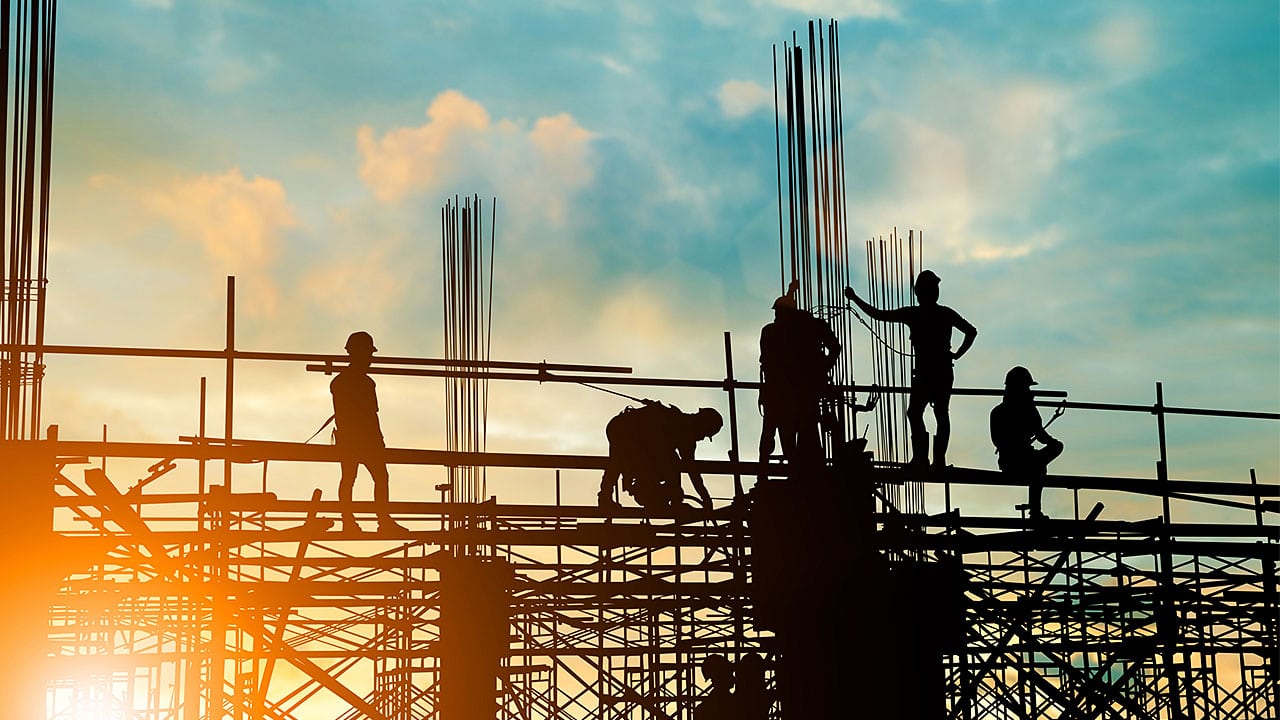From tornados to floods, earthquakes to volcanoes, natural disasters are unavoidable and supremely disruptive, and in the past decade have caused billions of dollars in damage and affected an estimated 3 billion people. Architecture design, however, is evolving to respond more resiliently to natural disasters, proving that even if they are difficult if not impossible to avoid, the amount of damage they cause can be prevented. Here is how BIM technicians can help plan for anything nature might throw their way.
What Problems Do Buildings Face Today?
There are certain problems that any building faces during planning and construction. The Leaning Tower of Pisa famously leans to one side because its foundation was destabilized and it slowly began to sink at an angle. Structural integrity is a vital factor in how a building responds to its environment, as well as any natural disaster. Students enrolled in BIM technician training know that cheap materials and flawed design methods have more far-reaching consequences than just the wallet of the contractor; limited foresight affects the community’s ability to evacuate properly, potentially costing many their homes, their possessions, and their lives.
The amount of recovery time it takes to repair a building is also a key factor in disaster preparedness. A well-built, structurally-sound building will take less time, labor, and resources to rebuild than one which is of poorer quality. It also offers better consumer protection and provides a safe point for the community to rely upon. A building without a good design is simply unsustainable, especially when faced with a natural disaster.
BIM Technician Training and Natural Disasters
One of the most useful advantages of Building Information Modeling (BIM) is that, because of its co-operative nature and the ability to share data points easily, it is a remarkable tool to use during an emergency. Whereas in the past building teams suffered from out-of-date information and insufficient collaboration, students who have earned their online BIM technician certificate can help design teams plan for the entire lifecycle of a building with a stronger sense of accuracy. BIM offers real-time, in-depth information, including the floor plans and structural state of the building, with all parties involved, from architects to contractors and engineers, providing the relevant context needed to formulate a working emergency plan.

BIM provides useful real-time data to plan for a natural disaster
Emergency response in a natural disaster relies upon timely, clear communication in order to best address and control the situation, as well as ensure rapid and effective recovery. BIM can help disaster management because of its geometric and topological features, which allow for a consistent flow of information. For instance, in the event of flooding, BIM can provide current reports on electrical wiring damage, or which walls need replacing to ensure stability, ensuring that emergency responders have accurate and reliable information.
How to Build for the Future
Students can use BIM college to plan for not only their futures but the futures of buildings and communities as well. By incorporating methods such as integrated design, for instance, engineering and architectural features can be joined to create a smarter structure with a better ductility and ecological footprint.
BIM helps plan and build with sustainability in mind, and practicing better resource use as well as planning around climate and place allows for less strain on the environment, which can lessen the impact and frequency of a natural disaster. By utilizing BIM to design low-energy impact features such as natural light enhancement, stratified ventilation, and lower heat gain, students can learn how to take one step closer to ensuring the stability of their project for future generations.
Do you want to complete training for a rewarding career?



